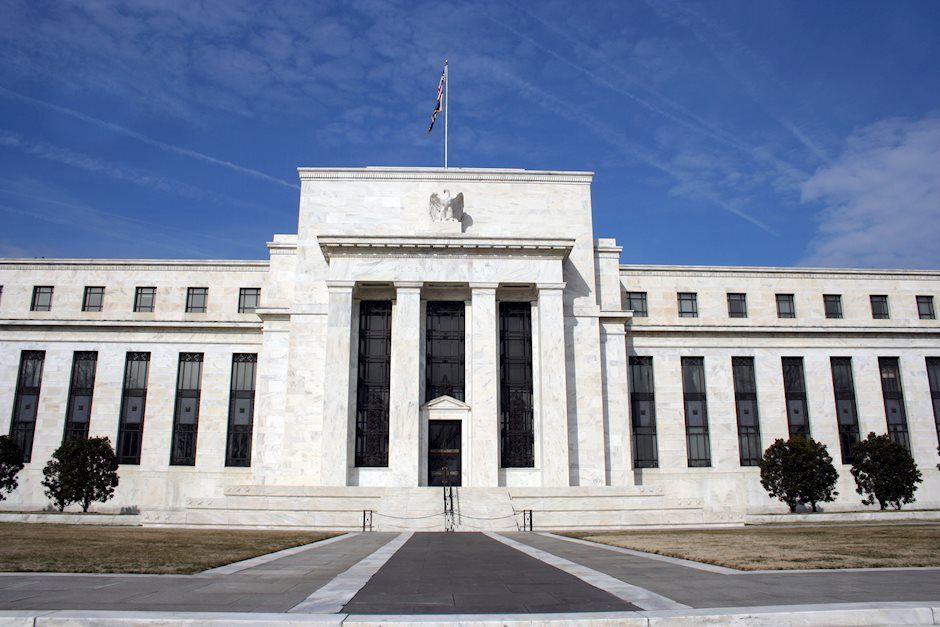Why the Fed may soon move in a dovish direction

Although the coronavirus has spread to more countries and equities are now more than 7% down, the Fed has yet to move in a more dovish direction. On Tuesday, Fed vice chair Clarida may have opened the door slightly for a change in direction in the near future if the situation deteriorates further, as he said the Fed is looking at monetary policy on a meetingto- meeting basis. The question is how much will it take for the Fed to react? We compare the current situation with the Fed's U-turn in early June 2019 when Fed chair Powell said that the Fed will ‘act as appropriate to sustain the expansion' at the ‘Fed listens' event, which eventually led to the first insurance cut in July.
Our key takeaway is that looking at nearly all metrics, the economy is in worse shape than in June 2019 (see table below and charts next page). This means we should expect the Fed to shift soon in a more dovish direction and investors are right in pricing in cuts, in our view. The Fed's blackout period ahead of the 17-18 March meeting begins on 7 March and since none of the most important FOMC members (as of today) is scheduled to speak before, the dovish shift may not occur until the meeting (in the statement or at the press conference). Otherwise we believe a shift will occur after the March meeting, mirroring the radical U-turn the Fed made in early January 2019 after the hawkish meeting in December 2018 amid a longer risk-off period. Our base case is still a rate cut in April.
Author

Danske Research Team
Danske Bank A/S
Research is part of Danske Bank Markets and operate as Danske Bank's research department. The department monitors financial markets and economic trends of relevance to Danske Bank Markets and its clients.

















